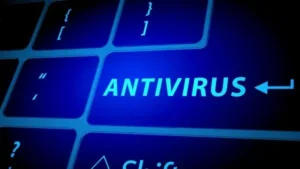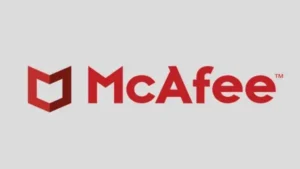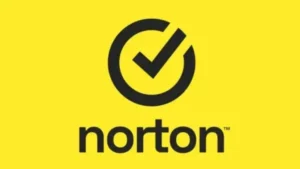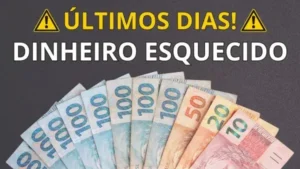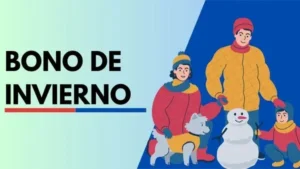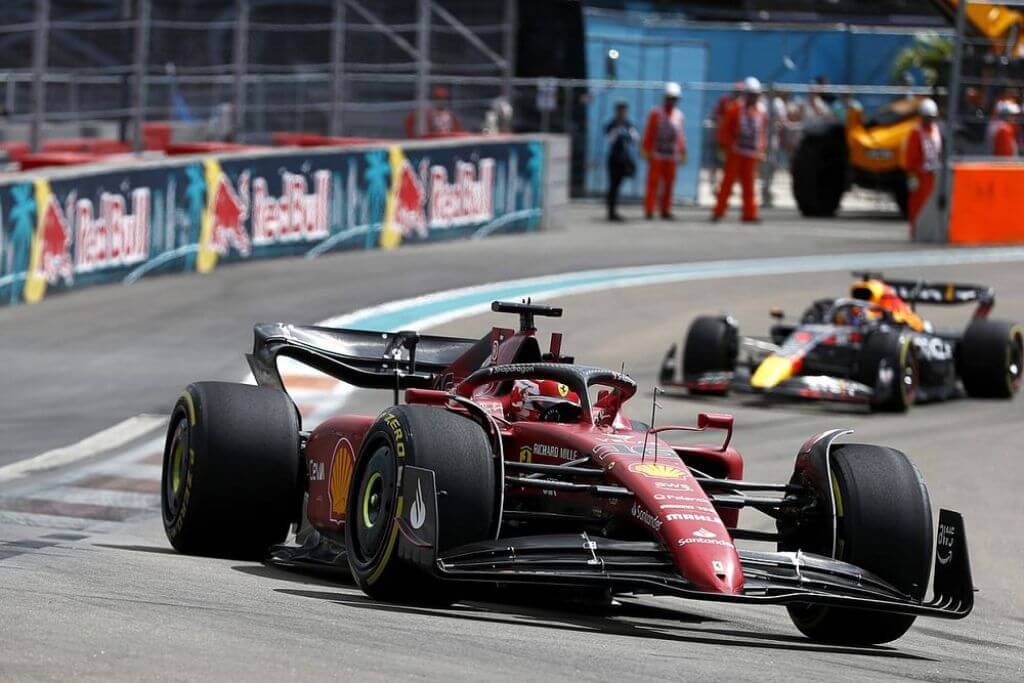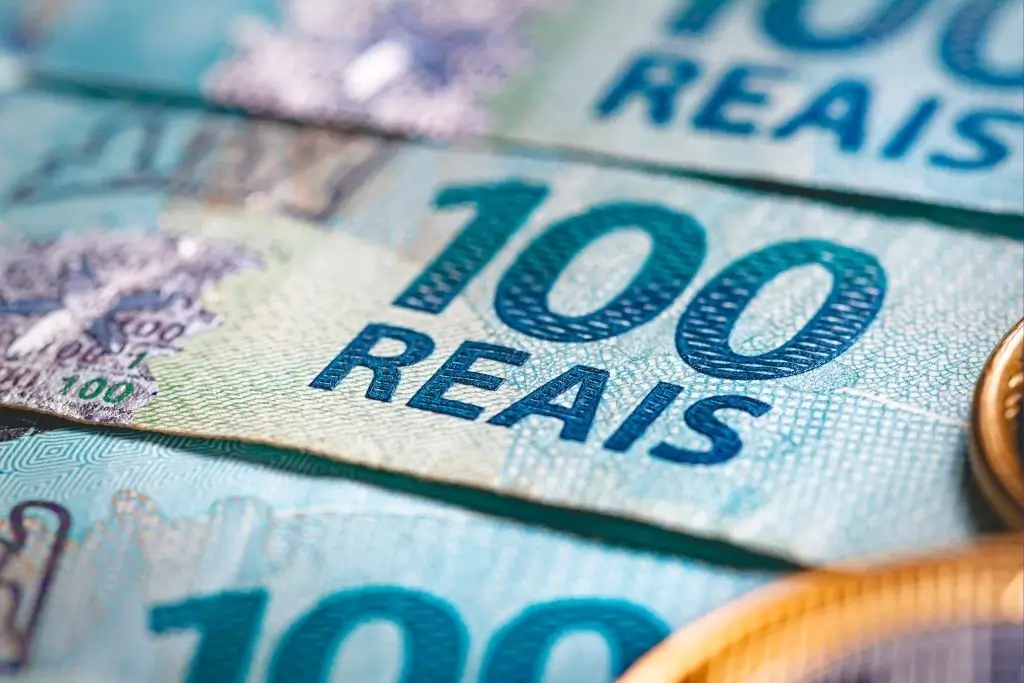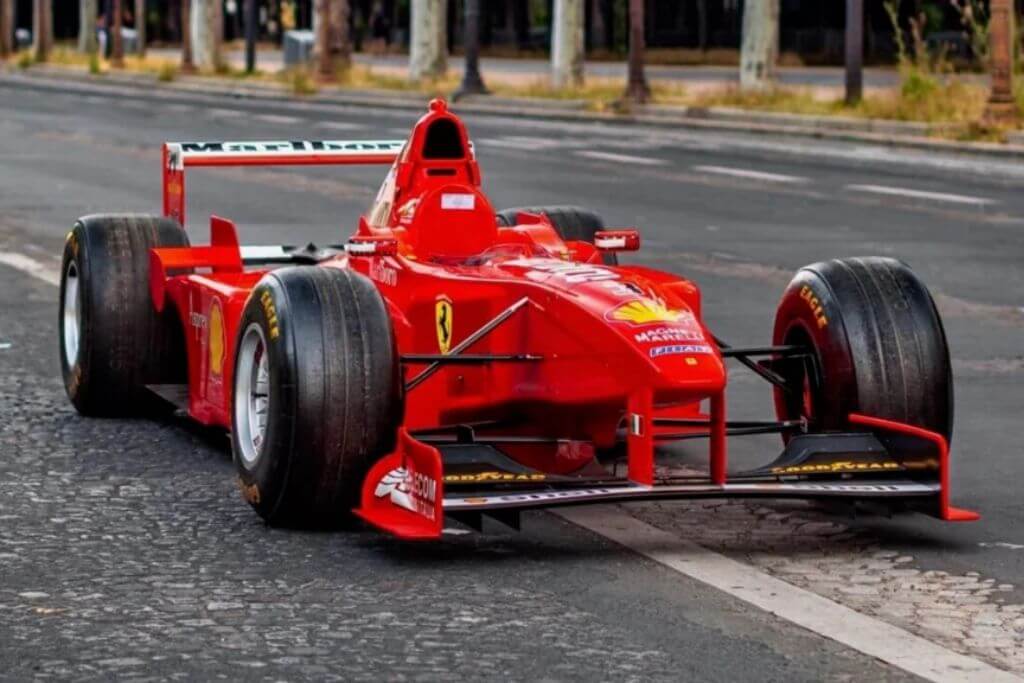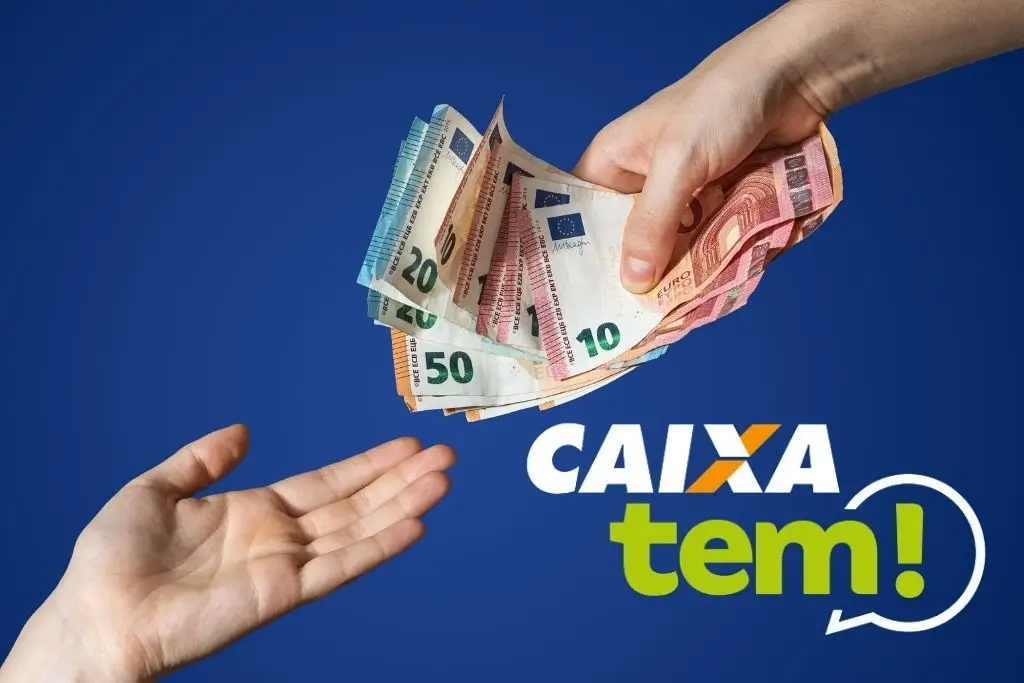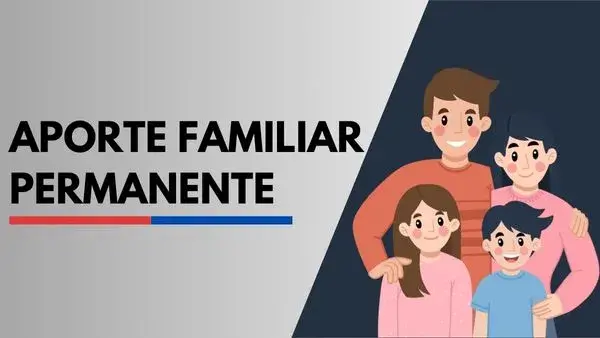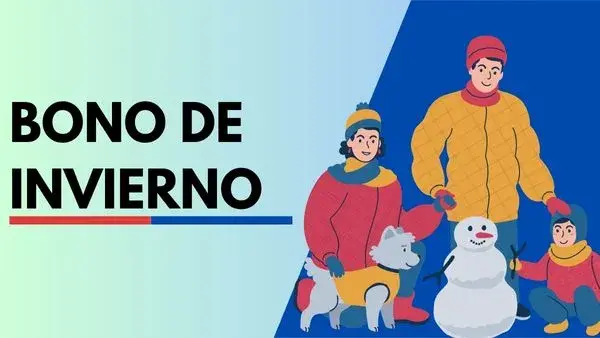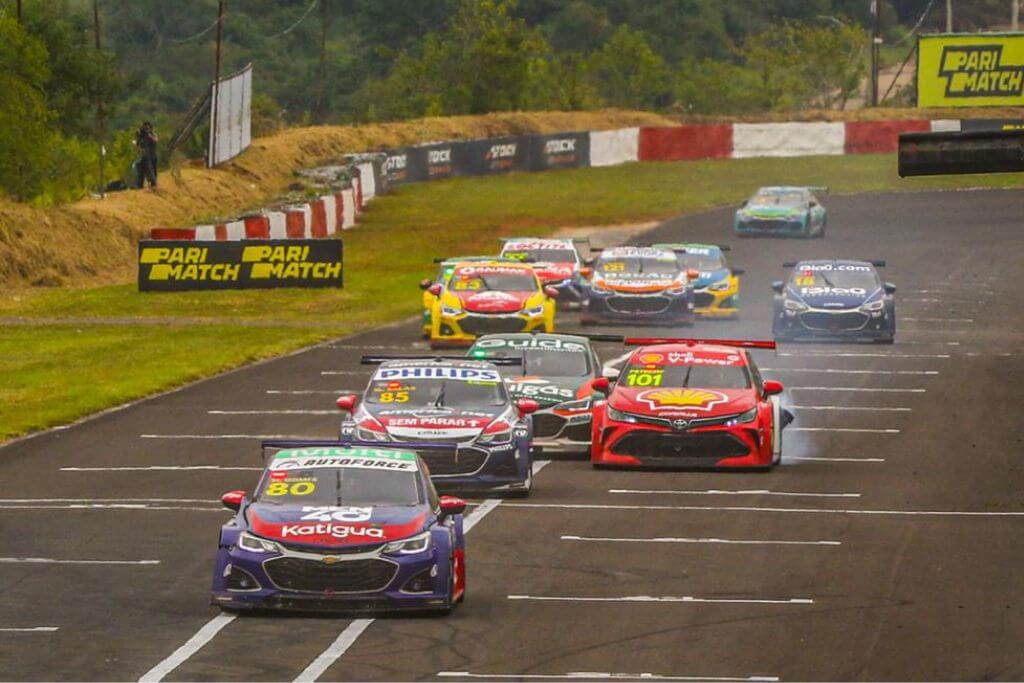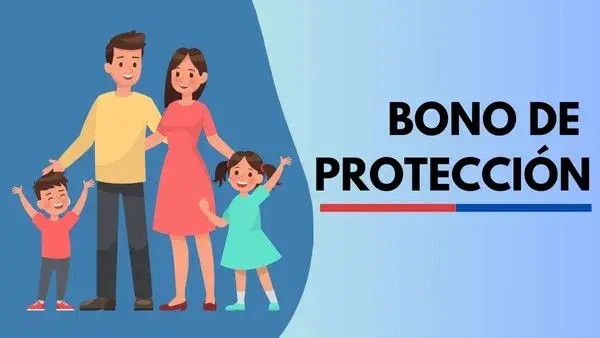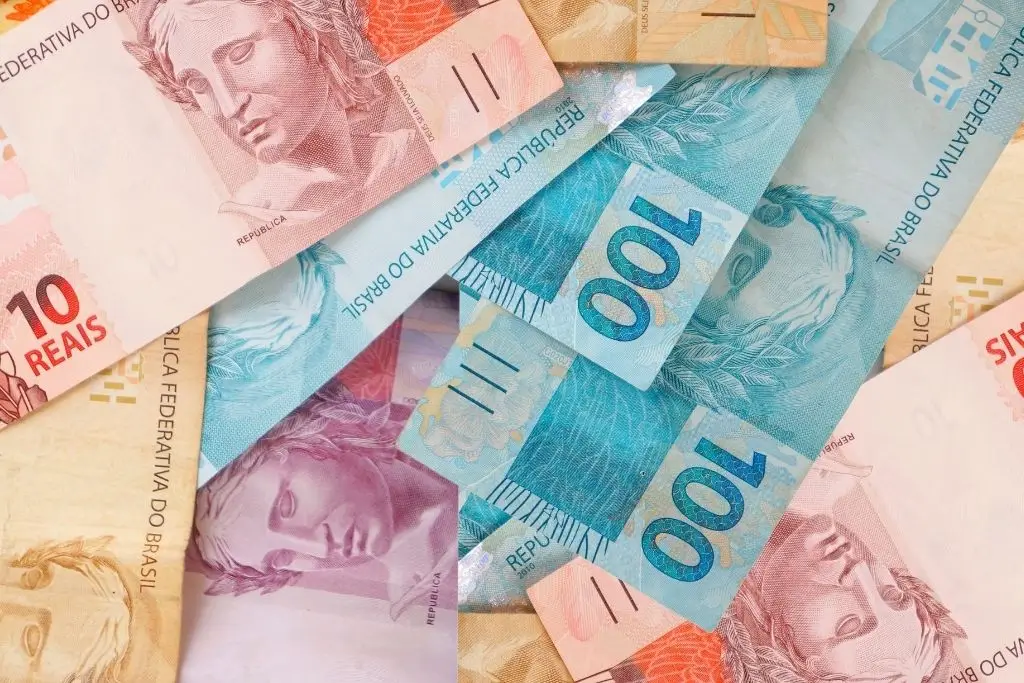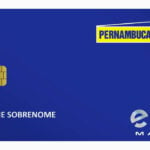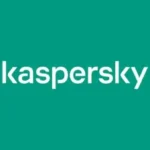Get to know the Minha Casa Minha Vida Housing Programme and find out how to get your own home in a way that fits your budget
Adverts
Minha Casa Minha Vida (MCMV) is one of the Federal Government's most popular programmes. Created in 2009 with the aim of guaranteeing decent housing for low-income families, the programme was resumed in 2023 with improvements and updated criteria.
If you're not already familiar with the programme, you should know that its aim is to offer funding and subsidies to make it easier to buy your own home, at below-market interest rates. It also promotes the construction of affordable housing.
Among the improvements achieved in 2023, the programme now has five main lines of action: subsidising housing units, offering financing, making social rental programmes available, providing urbanised land and promoting housing improvements.
Adverts
In terms of beneficiaries, the programme caters for families with a gross monthly income of up to R$ 8,000 in urban areas and up to R$ 96,000 per year in rural areas. These families are divided into income brackets that will determine the amount of the subsidy and the financing conditions.
Remember that these incomes do not include benefits such as sickness benefit, accident benefit, unemployment insurance, Continuous Cash Benefit (BPC) and Bolsa Família. So, if you are a beneficiary of any of these, you can take part as long as you meet the programme's other criteria.
To register for the programme, the process varies according to the category the beneficiary falls into (Band 1, 2 or 3). The bands are divided according to income, and the registration process follows the same guidelines. In a nutshell, Track 1 beneficiaries register with the town hall, and Track 2 and 3 through organisations or the Caixa bank.
As well as facilitating access to housing, the programme also aims to stimulate economic growth, especially in the construction sector, generating jobs and improving families' living conditions.
If you're interested and want to know more about the Minha Casa Minha Vida programme, read on and find out how it works, the main changes and the requirements to get your dream home!
Quick Index
What is Minha Casa Minha Vida?
Minha Casa Minha Vida (MCMV) is a Federal Government housing programme created in March 2009 with the aim of providing access to decent housing for low-income families. In 2023, the Federal Government resumed the Minha Casa Minha Vida programme with new criteria and improvements.
The programme offers financing and subsidies for home ownership at below-market interest rates to facilitate the purchase of affordable housing, but also promotes the construction of affordable housing.
You may be interested in:
- Antivirus: Is it worth investing in one?
- McAfee Antivirus: Is it worth it?
- Norton Antivirus: protect your devices
In order to be eligible for the programme, the families selected must meet certain criteria involving social and income requirements, and above all not own any property in the beneficiary's name.
The programme is divided into various income brackets, which determine the amount of the subsidy and the financing conditions. It aims to cater for families with very low incomes and those with slightly higher incomes, according to established criteria.
As well as facilitating access to housing, "Minha Casa Minha Vida" also aims to stimulate economic growth, since construction is an important sector of the economy.
The programme has been an important tool in reducing the housing deficit and improving the living conditions of millions of Brazilians.
How does the programme work?
The Minha Casa Minha Vida programme is aimed at low-income people, i.e. those with a maximum income of up to R$ 8,000, whether in urban or rural areas.
It's important to note that this income limit doesn't take into account temporary, welfare or social security benefits, such as sickness benefit, accident benefit, unemployment insurance, continued benefit (BPC) and Bolsa Família.
The programme divides potential beneficiaries into three different income categories (Track 1, 2 and 3). Beneficiaries in urban areas need to have a gross monthly family income of up to R$ 8,000 and those in rural areas an income of up to R$ 96,000 per year.
In all these brackets, beneficiaries are granted interest rates below market values. In addition to income, another requirement to be eligible for the programme is that the property to be financed must be within a maximum value limit, which varies according to each city.
In places like the Federal District, São Paulo and Rio de Janeiro, the maximum value allowed for the property is up to R$ 240 thousand. In the capitals of the North and Northeast, the maximum limit is R$ 180 thousand.
As well as advantageous financing conditions with lower interest rates, the programme offers other advantages, such as a grace period of up to 24 months before starting to pay off the financing, which applies to properties purchased on the ground.
In addition, there is insurance provided by the Housing Guarantee Fund which offers partial payment cover in the event of unemployment or health problems during the property financing period, catering for special cases.
Improvements to the New Minha Casa Minha Vida
With the resumption of the programme in 2023 and the perception of a large housing deficit, in addition to the main improvements and changes, the new Minha Casa Minha Vida mould aims to prioritise five lines of action:
- Partially or fully subsidise housing units in new rural or urban areas;
- Provide financing for the purchase of new or second-hand housing in urban or rural areas.
- Offer social rental programmes for properties in urban areas.
- Providing developed land for construction.
- Promote improvements in housing conditions in urban and rural areas.
Increase in income bracket
The new model of the programme has seen an increase in the income brackets, covering both those who will receive housing subsidised by the federal government and those who wish to finance their housing.
Property value
The value of properties in the Minha Casa Minha Vida (MCMV) programme has been expanded and varies according to the size of the city where the development will be built and the income bracket for which it is intended. In general terms:
In the Subsidised Service Line (Track 1):
- The maximum value of a housing unit can reach R$ 170,000.00.
In the Financed Service Line (Tiers 1, 2 and 3)):
- For developments covering Tiers 1 and 2, the value of the housing units can reach up to R$ 264,000.00.
- For Track 3 developments, housing units can have a maximum value of up to R$ 350,000.00.
As part of the rural My House My Life programme:
- For new housing, the maximum value of a unit can be up to R$ 75,000.00.
- For improvements to existing housing, the current amount is up to R$ 40,000.00.
Interest rates and financing
In the new Minha Casa Minha Vida (MCMV), interest rates for financing properties in Band 1 were reduced, reaching the lowest rate in the history of the FGTS.
For quota families with incomes of up to R$ 2,000 per month in the North and Northeast, the rate fell from 4.25% to 4%. In the other regions of the country, the rate fell from 4.50% to 4.25%.
As for bands 2 and 3 of the MCMV, the interest rates are the lowest available on the market, with a maximum limit of 8.16% per year in the context of Popular Housing.
Federal government subsidy
For Track 1 subsidised housing in urban areas, families will pay monthly instalments that will be proportional to their income, with a minimum value of R$ 80.00, over a period of 5 years.
Property improvements of Minha Casa Minha Vida
The programme's new contracts bring improvements in the specifications of the properties, with the aim of ensuring the quality of the housing for the beneficiaries. These include:
- Increase in the minimum area of units: 40 m² for houses and 41.50 m².
- Introduction of balconies to provide additional space for residents;
- All developments need to be equipped with leisure and sports areas, as well as a library, to extend and enrich the quality of life for residents.
- Land for new developments needs to be located in an urban area, close to established infrastructure, with access to public services, shops and public transport, and can receive additional value if it meets these criteria, incentivising better quality sites.
Who can take part
The Minha Casa Minha Vida programme is aimed at families who live in urban areas and have a gross monthly family income of up to R$ 8,000, or a gross annual family income of up to R$ 96,000 if they live in rural areas.
As mentioned above, the beneficiaries are divided into three bands:
Track 1
Families in urban areas with gross family income monthly of up to R$ 2,640.
Families in rural areas with gross family income annual of up to R$ 31,680.
Track 2
Families in urban areas with gross family income monthly between R$ 2,640.01 and R$ 4,400.
Families in rural areas with gross family income annual between R$ 31,680.01 and R$ 52,800.
Track 3
Families in urban areas with gross family income monthly between R$ 4,400.01 and R$ 8,000.
Families in rural areas with gross family income annual between R$ 52,800.01 and R$ 96,000.
Requirements
In addition to the criteria involving gross monthly income, to take part in the programme you must:
- Be over 18;
- No member of the family can own residential property;
- The family must not have previously received housing benefit;
- The family must not have received housing discounts from the FGTS;
- The family must not have received subsidies for building materials to improve their property.
Who has priority for the programme
There are various criteria that guide the allocation of resources from the Federal Budget and from various funds that contribute to the Minha Casa Minha Vida programme. One of these criteria is that priority should be given to granting property titles to women.
Other criteria include:
- Families whose head of household is a woman.
- Families with disabled people, the elderly, children and adolescents in the family.
- Families in situations of risk and vulnerability.
- Families living in areas under a state of emergency or calamity.
- Families involuntarily displaced due to federal public works.
- Families who are homeless.
Who may NOT participate
According to article 9 of Provisional Measure 1.162, dated 14 February 2023, they will not be eligible for the Minha Casa Minha Vida Programme:
- People who have a mortgage contract obtained with FGTS funds or under similar conditions to the Housing Finance System, anywhere in the country.
- People who own properties that meet the minimum construction and habitability requirements established by municipal regulations, and who have a water supply, basic sanitation and regular electricity supply in any part of the country.
- People who have received similar benefits in the last ten years, from housing subsidies or discounts, are ineligible for the programme, unless it refers to subsidies for building materials or Incra's Installation Credit, following specific rules.
Advantages of Minha Casa Minha Vida
It's no news that the MCMV programme has numerous advantages, especially for those who dream of owning their own home but don't have enough income to finance or build a property based on market values. Here are the main advantages of Minha Casa Minha Vida:
- Access to housing for low-income families.
- Subsidies and low interest rates make it easier to buy houses.
- It helps to reduce the housing deficit.
- It stimulates construction, creating jobs.
- Improves living conditions for families.
- It can facilitate the regularisation of informal areas.
- It offers different options to meet the needs of families.
How to register
The registration process is carried out according to the bracket in which the beneficiary falls. Check out the step-by-step instructions on how to register for the programme:
For Track 1 families
- Go to your local town hall and sign up for the government's housing scheme.
- After registering, Caixa Econômica Federal will validate the families' data and those approved will be informed of the date of the housing lottery.
- Draws take place when there are not enough housing units for all the families registered.
- If your family is selected, you will receive information on the date and details for signing the property purchase contract.
- This is the final stage where, after the registration has been approved and validated, the family signs the financing contract.
For Band 2 and 3 families
- Contracting can be done through an organisation participating in the programme or directly with Caixa.
- The family must have a property chosen in advance and then do a housing loan simulation on the Caixa website.
- In the simulation, enter the type of financing you want, the approximate value of the property, the location, personal details and gross monthly family income. The site will show you financing options.
- Choose the financing option and the simulator will show you the result, including terms, maximum down payment and financing amount, with the possibility of comparing interest scenarios.
- If the family approves the results of the simulation, a representative must provide the necessary documentation and hand it in at a Caixa branch or Caixa Aqui correspondent.
- Caixa will analyse your personal and property documents.
- After approval and validation, the family will sign the financing contract.
Frequently Asked Questions:
Do the income limits take into account the amounts that families receive in aid?
The value of the income brackets does not include benefits such as sickness benefit, accident benefit, unemployment insurance, Continuous Cash Benefit (BPC) and Bolsa Família received by the beneficiaries. These benefits are not taken into account when calculating gross family income to determine eligibility for the programme.
Will I have to pay monthly?
Yes, the families will have to pay monthly instalments after receiving the housing units. The amount of the instalments will be fixed and determined based on income, but is still being defined by the Federal Government. The length of the instalments will depend on the financing.
However, beneficiaries who receive the Continuous Cash Benefit (BPC) or are part of the Bolsa Família programme will be exempt from paying the instalments. For these families, the property will be completely free.
Can Minha Casa Minha Vida properties be sold by the beneficiaries?
In Band 1 - Subsidised, beneficiaries cannot sell the property and must keep it in their name until it is fully paid off. After this period, ownership of the property is transferred to the family and they have complete freedom to choose whether or not to sell the home.
If you have any other questions about the programme, you can go directly to Federal Government websiteor go to your local town hall or housing authority for more information.
You will be redirected to another site
Conclusion
In a nutshell, the programme aims to reduce the housing deficit, stimulate construction and improve the quality of life of the families benefiting from the programme by offering loans at favourable interest rates, subsidies and eligibility criteria that cover a wide range of incomes.
With its commitment to offering affordable housing and advantages such as a grace period at the start of payments and insurance in special cases, Minha Casa Minha Vida plays a crucial role in transforming the living conditions of millions of Brazilians, contributing to the country's economic development.
If you know someone or believe you meet the main requirements to take part in the programme, don't waste any time and go in search of your own home.
See other articles that may interest you and make it easier to enrol in Minha Casa Minha Vida:
You may be interested:
